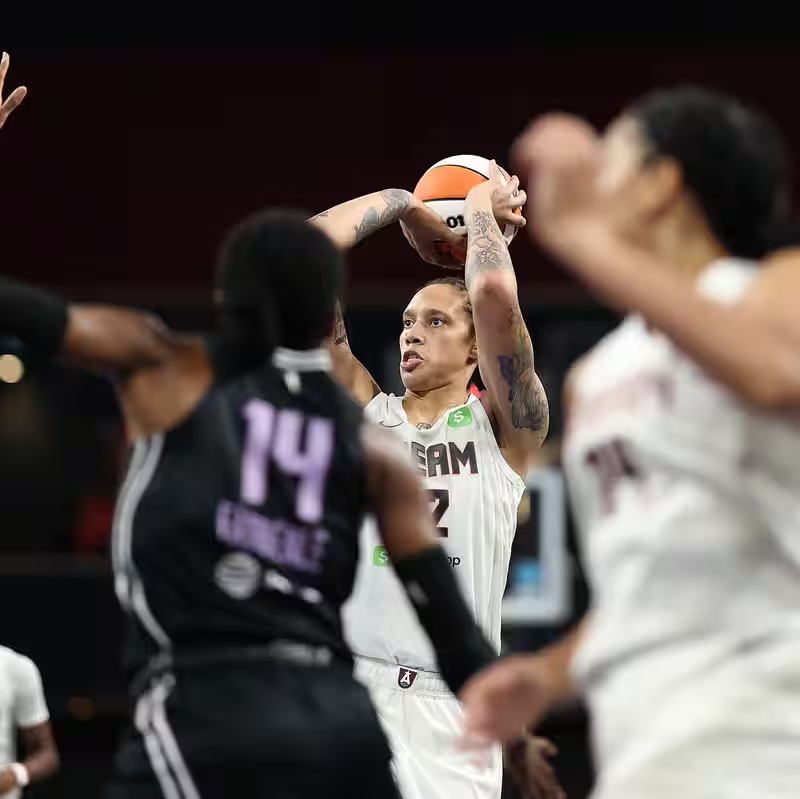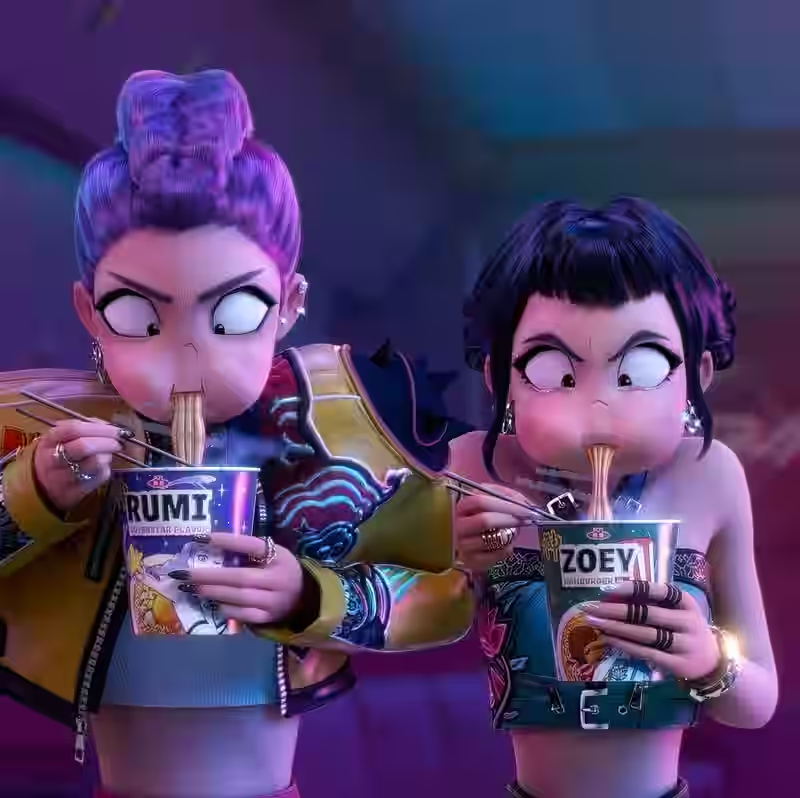The WNBA is having a moment. Record TV ratings, sold-out arenas, and viral social media clips have turned stars like A’ja Wilson, Caitlin Clark, and Angel Reese into household names. But with that spotlight comes a darker side: a surge in online harassment, racist memes, and coordinated disinformation campaigns targeting players—especially women of color.
“More attention isn’t always better,” said one league insider who asked to remain anonymous. “We’re seeing coordinated attacks that go far beyond typical fan criticism.”
The Double-Edged Sword of Popularity
WNBA viewership hit an all-time high in 2025, with regular-season games averaging 1.2 million viewers—up 68% from 2023. Social media engagement has exploded, too. But as the league’s visibility grows, so does its exposure to bad-faith actors.
Researchers at the University of Southern California’s Annenberg Inclusion Initiative found that during the 2024 playoffs, WNBA players received 3.2 times more abusive comments on X (formerly Twitter) than their NBA counterparts—despite posting less frequently.
How Misinformation Spreads
Fake narratives now circulate widely: distorted stats, AI-generated images, and out-of-context video clips falsely portraying players as “divisive” or “anti-American.” One viral post falsely claimed a star player refused to stand for the national anthem—though she had never been on the court during the anthem that season.
“It’s not just trolls in basements,” said Dr. Maya Chen, a digital disinformation expert at Data & Society. “We’re seeing organized networks—some tied to far-right influencers—amplifying sexist and racist tropes under the guise of ‘sports commentary.’”
Targeted Harassment by the Numbers
| Metric | WNBA Players | NBA Players (for comparison) |
|---|---|---|
| Average abusive replies per post | 142 | 44 |
| % of abuse containing racial slurs | 31% | 9% |
| % containing gendered insults (“emotional,” “shrill,” etc.) | 58% | 12% |
| Accounts spreading false claims (estimated) | 12,000+ | Not applicable |
Source: USC Annenberg Inclusion Initiative & Anti-Defamation League, 2025
Real Impact on Players
The psychological toll is real. Several players have temporarily deactivated social media accounts. One rookie said she received over 200 hate messages after a single playoff game—including threats referencing her hometown and family.
“They don’t see us as athletes,” said veteran guard Brianna Turner. “They see us as political symbols—or targets.”
League Response and Platform Accountability
The WNBA has partnered with Meta and X to flag and remove coordinated hate campaigns, but enforcement remains inconsistent. Unlike the NBA, which has a dedicated digital safety team, the WNBA is still building its infrastructure to combat online abuse.
“We’re playing catch-up,” admitted a league communications executive. “Our growth outpaced our safeguards.”
Fans Step Up
Not all attention is negative. Grassroots fan groups like “Protect the W” have launched counter-campaigns, flooding comment sections with support and reporting abusive content en masse. Hashtags like #RespectHerGame now trend after major games.
“We love this league too much to let trolls define it,” said Jasmine Ruiz, a fan organizer from Chicago.
What’s Next?
As the WNBA negotiates its next media rights deal—potentially worth over $1 billion—the league faces a critical question: How do you scale visibility without scaling vulnerability?
Experts say the answer lies in proactive digital safety protocols, media literacy education, and holding platforms accountable. “Popularity without protection is dangerous,” said Dr. Chen. “The WNBA deserves both.”




